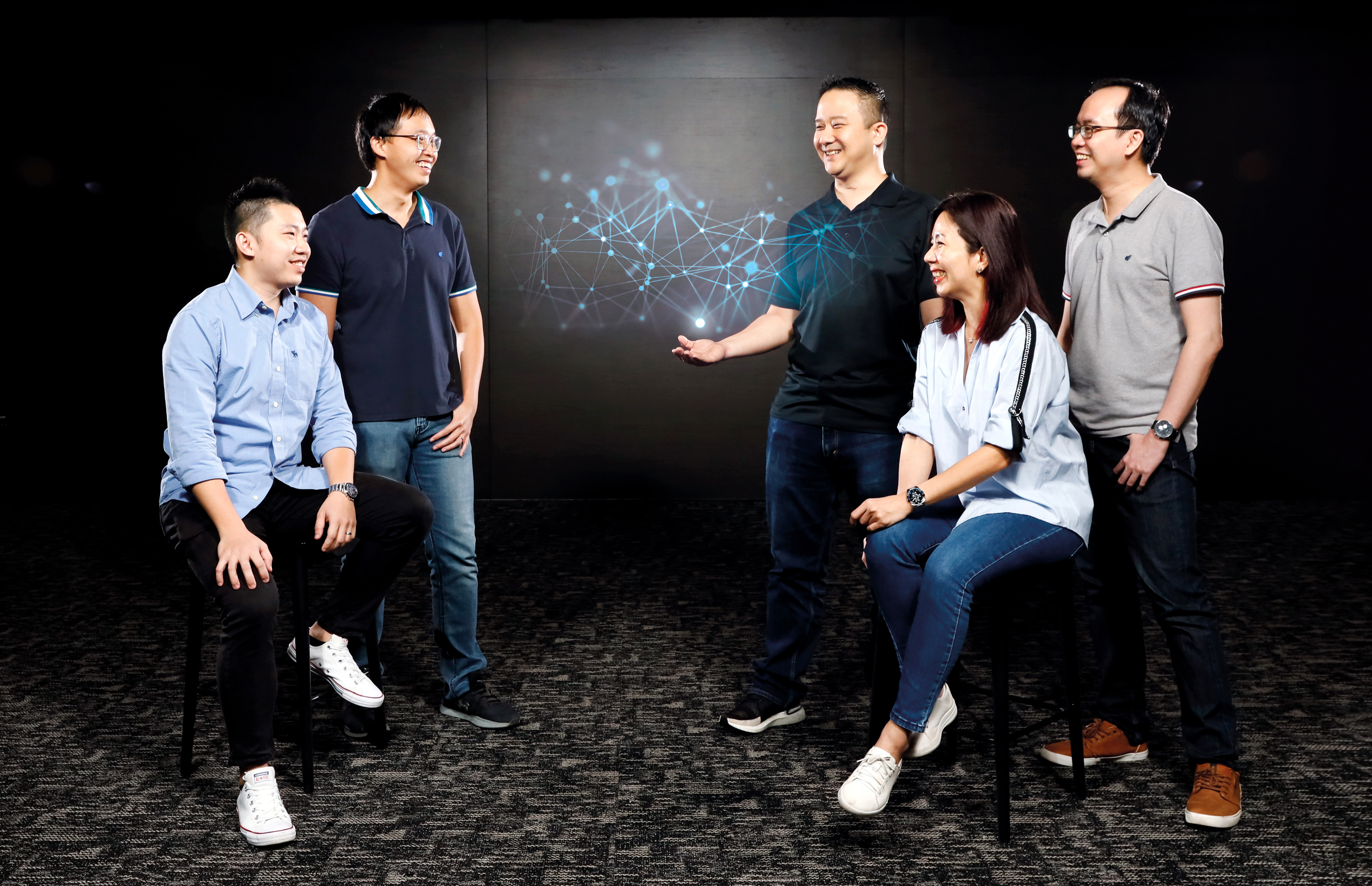Driving the Future with Data
As organisations transform themselves to be more data-driven, we see the need to do more so that we can glean truly valuable insights from raw data.
For that, our technologists put together the Enterprise Data Analytics Platform (EDAP) to help MINDEF and the SAF enable a digital-first, data-driven culture. This platform doesn’t just integrate organisations across systems technically, but also across data and people by bridging data sharing divides. EDAP provides a myriad of tools for data analytics (DA), which allows users to manage data and share across business units readily.
The platform comprises a suite of enterprise DA tools with capabilities ranging from dashboard reporting, data visualisation to advanced analytics. It also includes a data lake to harvest and process data across various systems and platforms. To protect personal and sensitive data, EDAP uses a data portal, complemented by a ready data catalogue, to facilitate secure data sharing and access.
“After conducting extensive market research and studies, we decided to integrate EDAP with the best-of-breed data and analytics infrastructure that provide data and tools on demand. Online approval for data requests help provide data governance within the EDAP tools, and data anonymity mechanisms help keep data safe and secure,” said Head (EDAP) Tan Leng Huei.

Given the massive amount of data involved, the team partnered business representatives across domains in MINDEF and the SAF to identify their desired data-driven outcomes and collated the data into a unified data lake. The team also developed a strategy that enabled data governance by design, to ensure timely identification and quality control for data to be shared across the organisation.
To ensure that the DA capabilities would be developed in a secure, coordinated and sustainable manner, the team engaged various parties from across DSTA and the industry to learn the best practices.
“We spoke extensively with experts in data engineering, infrastructure and cybersecurity to integrate the different tools during EDAP’s design stage. We also tapped our commercial partners to adopt industry best practices in data design and platform management,” said Senior Principal Engineer (Enterprise IT) Loh Yoong Kiong.
Since its commissioning, EDAP has ingested over 200 datasets from human resource, medical, finance, training and supply management, and engineering and maintenance domains into its data lake. It includes a data mart – a place where people can browse and shop for the data they need and ‘check out’ after previewing – which allows an analyst from one department to browse and seek approval for the use and sharing of data from another department across the organisation. This helps to break down data sharing silos, and allows analytical models to draw on data from across the organisation as well as those ingested from external sources.
“The EDAP journey has been a rewarding one for us, both in terms of the technical skills gained and the relationships we have built with our partners. The close collaboration gave us a deeper understanding of their operations, ensuring that the right data is curated for DA needs, and allowed us to further improve EDAP. We’re also proud to have helped inculcate a culture of making decisions backed by data,” said Head Data Scientist (Enterprise IT) Koh Lay Tin.

